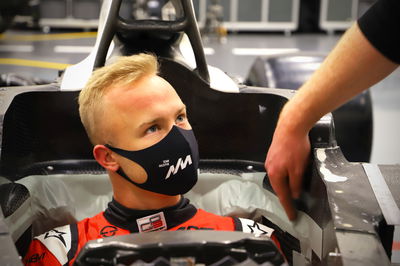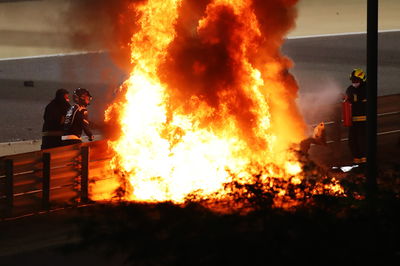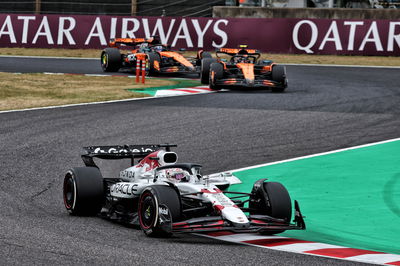Why Haas won't waste 'pointless' development on 2021 F1 car

Haas heads into the 2021 Formula 1 season under no illusions and is facing up to the reality that it is going to be in for another difficult campaign.
The American-owned team could only muster a total of three points across the 17-round 2020 F1 campaign as it struggled to ninth-place in the constructors’ championship, beating only Williams with a car that was at times slower than its nearest rivals.
For 2021, the team has undergone a dramatic shake-up. Its driver line-up has been completely overhauled, with Formula 2 graduates Mick Schumacher and Nikita Mazepin coming in to replace the long-serving duo of Romain Grosjean and Kevin Magnussen.
Further changes came on Thursday when Haas unveiled a revised livery that takes heavy inspiration from its new Russian backers Uralkali, who are linked to Mazepin via his wealthy father Dmitry.
Haas has made an early call not to develop its 2021 car in order to switch its full focus to its 2022 car at the earliest opportunity in a bid to try and capitalise on the “bigger picture” of the sweeping regulation overhaul coming into force next year.
“It’s an exciting time for the team with Uralkali coming onboard and having Nikita Mazepin and Mick Schumacher driving for us,” said team owner Gene Haas.
“It’s definitely a case of all change but I’m hoping that we get back to being in the mix for scoring some points at these races.
“It’s been a tough couple of seasons, but we’ve also got our eye on the bigger picture, in particular 2022 and the implementation of the new regulations.”
Speaking to media on Thursday, team principal Guenther Steiner revealed that Haas took the decision not to spend its two permitted development tokens during the design production of its 2021 VF-21 challenger.
That means that aside from some aerodynamic tweaks in line with regulation changes aimed at slashing downforce levels and slowing cars down, the latest Haas car is effectively a complete carry-over of its 2020 predecessor.
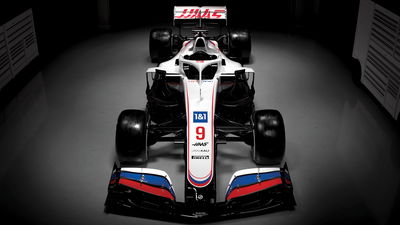
Explaining Haas’ choice to let its VF-21 go undeveloped this season, Steiner stressed that investment in the short-term would ultimately have been “pointless” given the wholesale changes coming into effect in 2022.
“I wouldn’t say a holding season, it’s a transitional season - a transition to get to 22 with big expectations,” Steiner said.
“We did this with the expectation that this year if we invest a lot of time, money, tokens, wind tunnel time - it’s only for one year. We were starting late last year anyway, the car wasn’t our best.
“So if you put it all together, it was actually pointless to invest in the short-term, it was much more important to invest in the long-term and that’s the 2022 regulations.
"You always try to do your best when you go racing,” he added. “It’s never like, “ok, we want to be last” - we never want to be last. We do our best and the guys put a lot of effort to get the best out of the short development time we had.
"So it’s a transitional period to get over to 2022, this is part of the whole plan. We want to be ready for 2022 in all areas, so, in the end, we will come up with two drivers which are ready, young and hungry, that are already there and we’ve got a good car for them in 2022.”
The obvious benefit of Haas’ decision not to develop its VF-21 is that it will get a headstart on the production of its 2022 car, while the US outfit can also take advantage of F1’s new sliding scale system.
Due to its lowly P9 finishing position in 2020, Haas will also be granted more aerodynamic testing time this year compared to any other team except Williams, the only side below Haas last season.
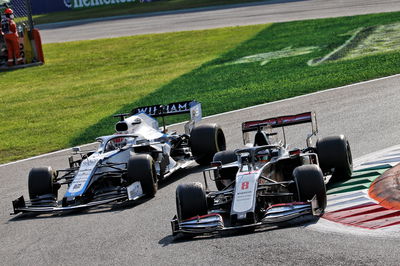
When asked if Haas was aiming to maximise its CFD and wind tunnel testing time on its 2022 car project, Steiner replied: “That’s the plan.
“We got up and running with the technical team in January, and I think we can get there, to utilise it efficiently as well. It’s not just to utilise it, you can always utilise it, but you have to be efficient.
“We are trying to use them all and it’s actually a challenge. We started a little bit slow with CFD runs and things like this, but the aim is to get there, to use all of it.”
While Haas can expect 2021 to be challenging as a direct consequence of its development approach, it is by no means a complete write-off.
Its lack of performance in 2020 was partly exacerbated by Ferrari’s well-documented straightline speed woes. But encouraging signs from early data that suggest the Italian outfit is expecting to recover a significant amount of its power deficit in F1 this year will act as a welcome boost for Haas.
“Hopefully we can make some gains,” Steiner explained. “I’m not saying we have given up, we never give up, but we started pretty late last year to develop.
“We had some developments planned for the year which then did not materialise, but we picked them up and put them in.
“And then it looks promising that the engine makes a good step up, so we should be in an okay spot. But will we be fighting in the top midfield? I do not think so.
"But we are not like going there and saying ‘we definitely want to finish last’. That is not happening. That is never happening as long as I will be here. You always try to get every little bit out of it.”
A ‘foundation year’ for rookies to find their feet
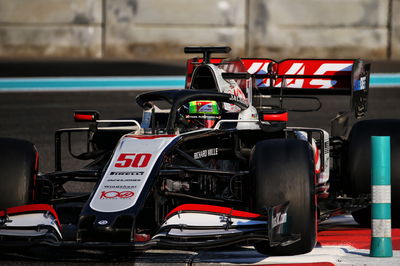
Haas’ lowered expectations for 2021 somewhat eases the pressure on its all-rookie line-up consisting of reigning Formula 2 champion Schumacher and fellow frontrunner Mazepin.
Steiner acknowledged that Haas is “aware” of the situation facing its new driver pairing and insisted the team will ultimately be looking to “get the best out of what we can” throughout the upcoming season.
For Schumacher - whose arrival in F1 brings with it a huge sense of anticipation due to his famous name and success of his father - his desire to impress is in no way diminished despite Haas’ limited prospects for the season.
“Obviously the team took that decision so I’m sure there’s a very good reason for it,” the German said. “I see in this case myself and I see how hungry I am for the season and how I want to do well and everything, and I’m pretty sure Nikita is the same.
“We have now two very hungry drivers pushing for every little detail, and that’s what’s eventually going to bring the team forward, and that’s what we want.
“I feel the relationship between me and the team is really strong and will get even stronger throughout the season so we have every right to think positively of this year.”
Asked what sort of details he will be pushing for this year given the lack of car development, Schumacher replied: “It’s pushing every detail so that I’m perfect, that I’m able to deliver to perfection every single time out on track.
“It’s to have no questions and no doubts in any situation. That’s very important, to have a very good relationship and communication with the team, which I think is very, very important.
“I will use and take every opportunity you can get to get forward, to get points, to get whatever it might be, to basically [be] open-minded in every situation you might face in the race, in the weekend, outside and inside of racing.
“My aim is to basically push for every situation, every moment of my weekends, of my year, to try and improve,” he added. “I’m sure there’s no real reason for me to step back or lay back in a way, but I will do everything I can in my powers to do a good job and deliver this year.”
Mazepin, who finished fifth in F2 last year, echoed Schumacher’s view and said he is “not worried” about the situation facing the team in 2021.
“I have huge belief and trust to see the amazing work that Ferrari and Haas are able to put together both from the engine and the car side,” he explained.
“I was fortunate to meet people myself recently and can say Haas with their work ethic and the amount of hours they’re putting in, they really do deserve a better result than they have got in the past.
“I’m confident that the duo of drivers for the coming years will help achieve those results.”
